Validation Testing | What You See is What You Should Get
Thoughtful API validation testing is vital for software development. This ensures API robustness, reliability, and security, fostering trust and facilitating seamless application integrations.
When you purchase a hammer from the tool store, you have certain expectations for the hammer. Perhaps you wish that the hammer is durable, so it would not break after hammering nails for a few years. The same concept applies to APIs (Application Programming Interfaces). As APIs are developer tools enabling applications to exchange data with each other, API providers have to ensure that their APIs facilitate their functionalities without conflicts.
One of the best API tools to help you with validation testing is Apidog, a comprehensive API development platform that allows users to easily test and assess your API's condition, and allows you to modify them all on the same platform!
If you wish to begin validating your APIs now, click the button below to begin! 👇 👇 👇

What is Validation Testing?
In the context of APIs, validation testing is the process of verifying that an API meets its intended functionality and behavior. It is to ensure that APIs adhere to certain specifications and handle various inputs and outputs correctly.
Validation Testing Key Features
1. Input and Output Data Validation:
Scrutinizing Request Data: This testing verifies that the data sent to the API (inputs) conforms to the expected format and adheres to defined validation rules. Imagine an API expecting a specific date format (YYYY-MM-DD) - validation testing ensures users can't submit dates in a different format (like MM-DD-YYYY), preventing errors and unexpected behavior. Common validation checks include:
- Data types: Verifying if data is of the expected type (string, integer, boolean, etc.).
- Length and format: Ensuring data adheres to specified length limitations and format requirements (e.g., email address format).
- Presence of mandatory fields: Checking if all mandatory fields in the request are present and filled.
- Valid values: Confirm that data falls within a defined range of acceptable values (e.g., age cannot be negative).
- Inspecting Response Data: Validation extends to the API's responses as well. Testing guarantees the response data follows the documented structure and format (e.g., JSON schema). This ensures applications consuming your API can correctly interpret and utilize the response data.
2. Error Handling Validation:
- Testing Robustness under Stress: This aspect focuses on verifying how the API handles errors and unexpected situations. It involves sending invalid requests, missing data, or unsupported data types to observe the API's response. Here's what validation aims to achieve:
- Meaningful error codes: Ensuring the API returns appropriate HTTP status codes (e.g., 400 for bad requests) to signal errors.
- Informative error messages: Validating that error messages are clear and provide actionable information for developers to rectify the issue.
- Graceful degradation: Checking if the API can handle errors without crashing or becoming unresponsive. Ideally, it should return a meaningful error message and maintain a usable state.
3. Performance Validation:
- Ensuring Scalability and Responsiveness: Performance validation assesses the API's ability to handle varying request loads. This involves simulating different traffic scenarios (low, medium, high) and measuring the API's response times and overall performance. Here's what's crucial to validate:
- Response times under load: Verifying that the API can maintain acceptable response times as the number of concurrent requests increases. Slow response times can lead to a poor user experience.
- Scalability: Testing if the API can scale efficiently to accommodate increased traffic volumes without compromising performance. This ensures your API can grow alongside your user base.
4. Security Validation:
- Identifying and Addressing Vulnerabilities: Security validation aims to uncover potential security weaknesses in the API that could be exploited by malicious actors. This type of testing involves simulating various attack vectors to assess the API's resilience against:
- Injection attacks: Testing if the API is vulnerable to injection attacks (SQL injection, XSS) where attackers can inject malicious code through user input.
- Unauthorized access: Verifying that the API enforces proper authentication and authorization mechanisms to prevent unauthorized access to sensitive data or functionalities.
- Data leaks: Ensuring that the API doesn't leak sensitive user information or internal data through improper data handling practices.
Detailed Examples of Validation Testing
In order to understand how to run API validation testing, let's take a look at specific examples within the context of an e-commerce store:
1. Input and Output Data Validation:
- Scenario: A user adds a product to their cart. The API expects a JSON request containing the product ID and desired quantity.
Validation Tests:
- Product ID: Verify the product ID corresponds to a valid product in the store's inventory. Implement checks to prevent non-existent product IDs from being added to carts.
- Quantity: Ensure the requested quantity is a positive integer. Reject negative quantities or quantities exceeding available stock to maintain inventory accuracy.
- Output Validation: Test if the API response includes a confirmation message with the updated cart total and potentially the remaining stock for the added product. Validate the response format (e.g., JSON) for clarity and ease of integration on the client side.
2. Error Handling Validation:
- Scenario 1: A user attempts to add a product to their cart with a missing product ID.
- Expected behavior: API should return a 400 Bad Request status code with an error message indicating the missing product ID. This helps guide the user to rectify the issue and successfully add the product.
- Scenario 2: A user tries to add an excessive quantity (e.g., 100) to their cart for a product with limited stock (only 5 available).
- Expected behavior: API should return a 400 Bad Request with an error message stating insufficient stock for the requested quantity. This prevents order fulfillment issues and informs the user about available options.
3. Performance Validation:
- Scenario: Simulate a Black Friday sale event with a surge in concurrent user activity, involving numerous product searches, cart additions, and order placements.
- Validation: Measure the API's response time for each user interaction. Ensure the API can handle the increased load without significant delays, maintaining a smooth user experience even during peak traffic periods. This is crucial for customer satisfaction and preventing lost sales opportunities.
4. Security Validation:
- Scenario: A malicious actor attempts to manipulate the API request by injecting a negative product ID to potentially exploit inventory management systems.
- Validation: The API should implement proper input validation to prevent negative quantities or invalid product IDs from being processed. This safeguards the store's inventory from unauthorized manipulation.
Apidog - API Development Platform with Complete Validation Testing Tools
To commence proper API validation testing, a developer must have the best API tools ready at hand. A solid choice for an API development tool would be Apidog.


Apidog is an all-in-one API development tool that allows users to build, mock, document, and most importantly, test APIs to ensure that everything is up to deployment-ready standards.
Individual API Request Testing Using Apidog
With Apidog, you can test API endpoints individually. Before you make the requests, you might have to read the API endpoint documentation to ensure that you know what to expect from the API.
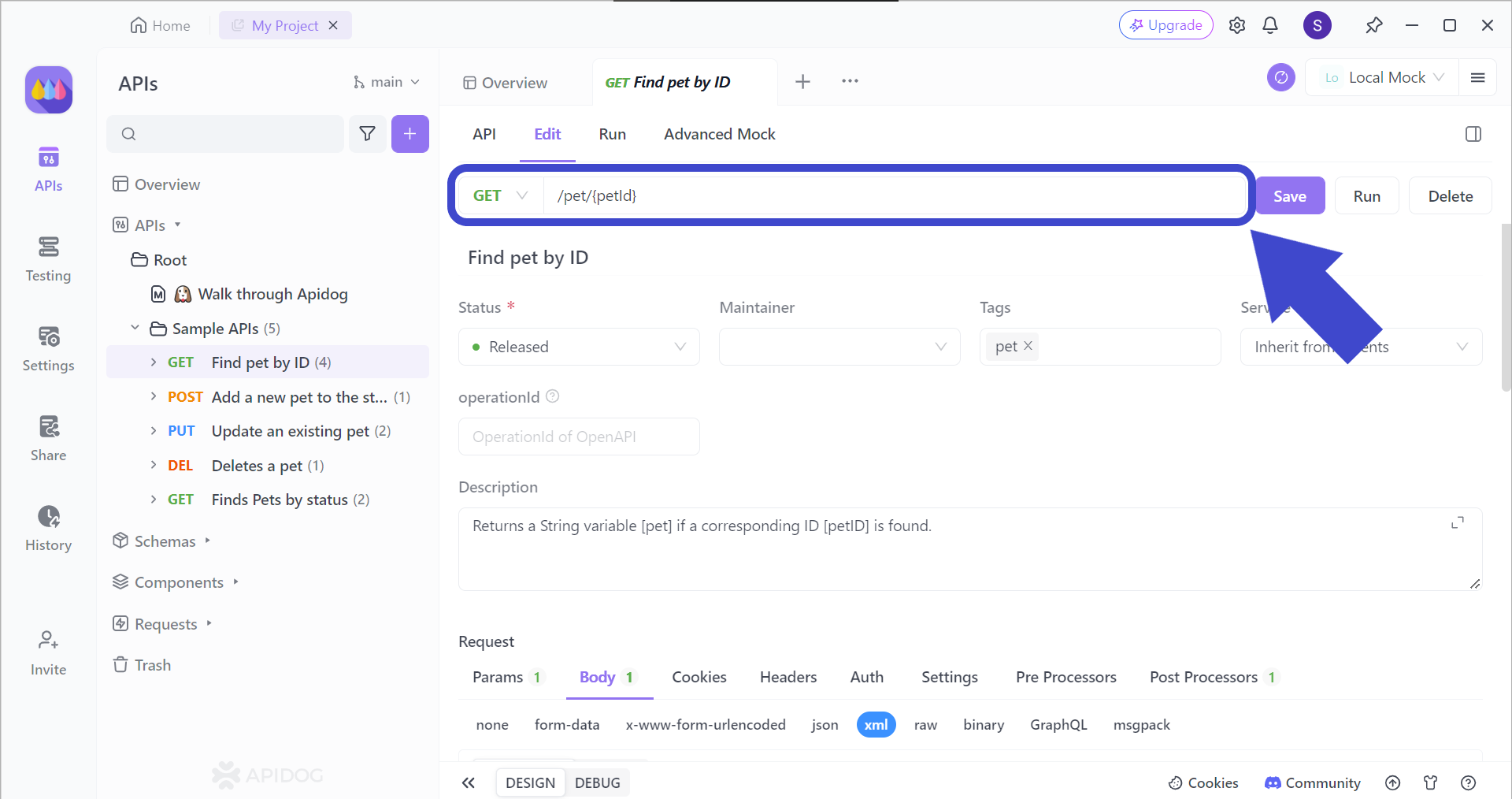
To target the correct API endpoint, you first have to insert the corresponding API endpoint that you want to test. Once you have included the intended API URL, include the parameters that you want to use for the endpoint (if relevant).
In case you are unfamiliar with passing multiple parameters in an API URL, check out this article to find out how you can specifically target a resource inside a rich collection of data!
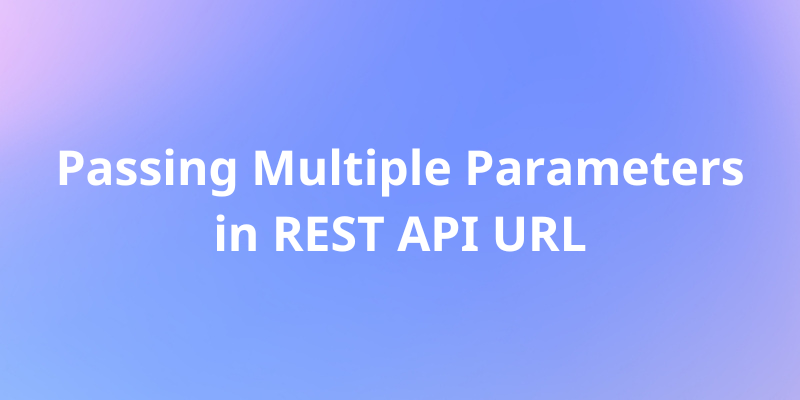
Creating a Testing Scenario for Your API Using Apidog
If you are interested in automating multiple-step testing cases, try out Apidog's testing scenario function.

Firstly, hit the Testing button, followed by the + New Test Scenario button.
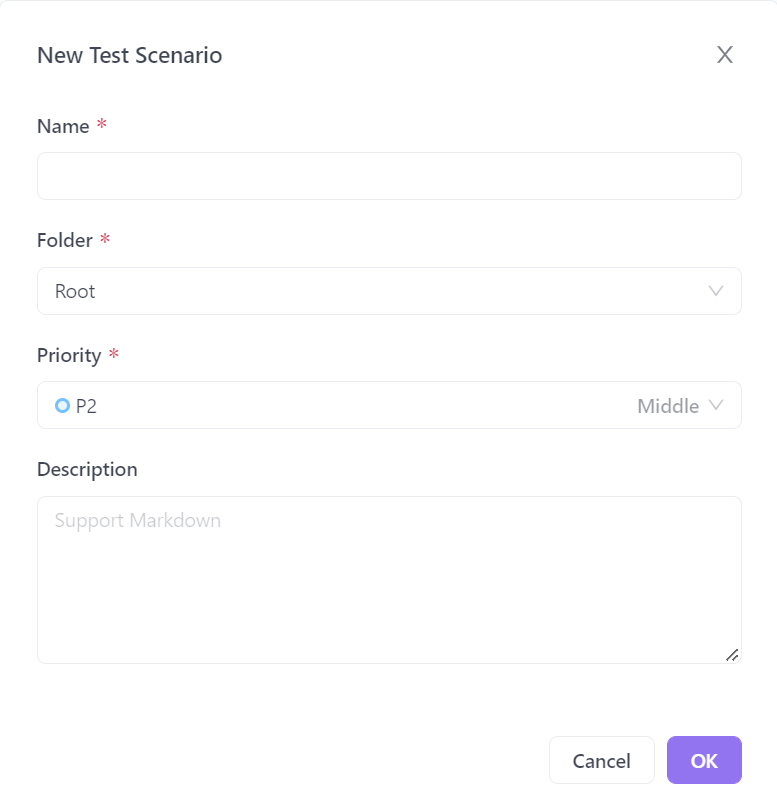
Apidog will prompt you to fill in the details for your new test scenario. Make sure to give it a proper name so its function is predictable.
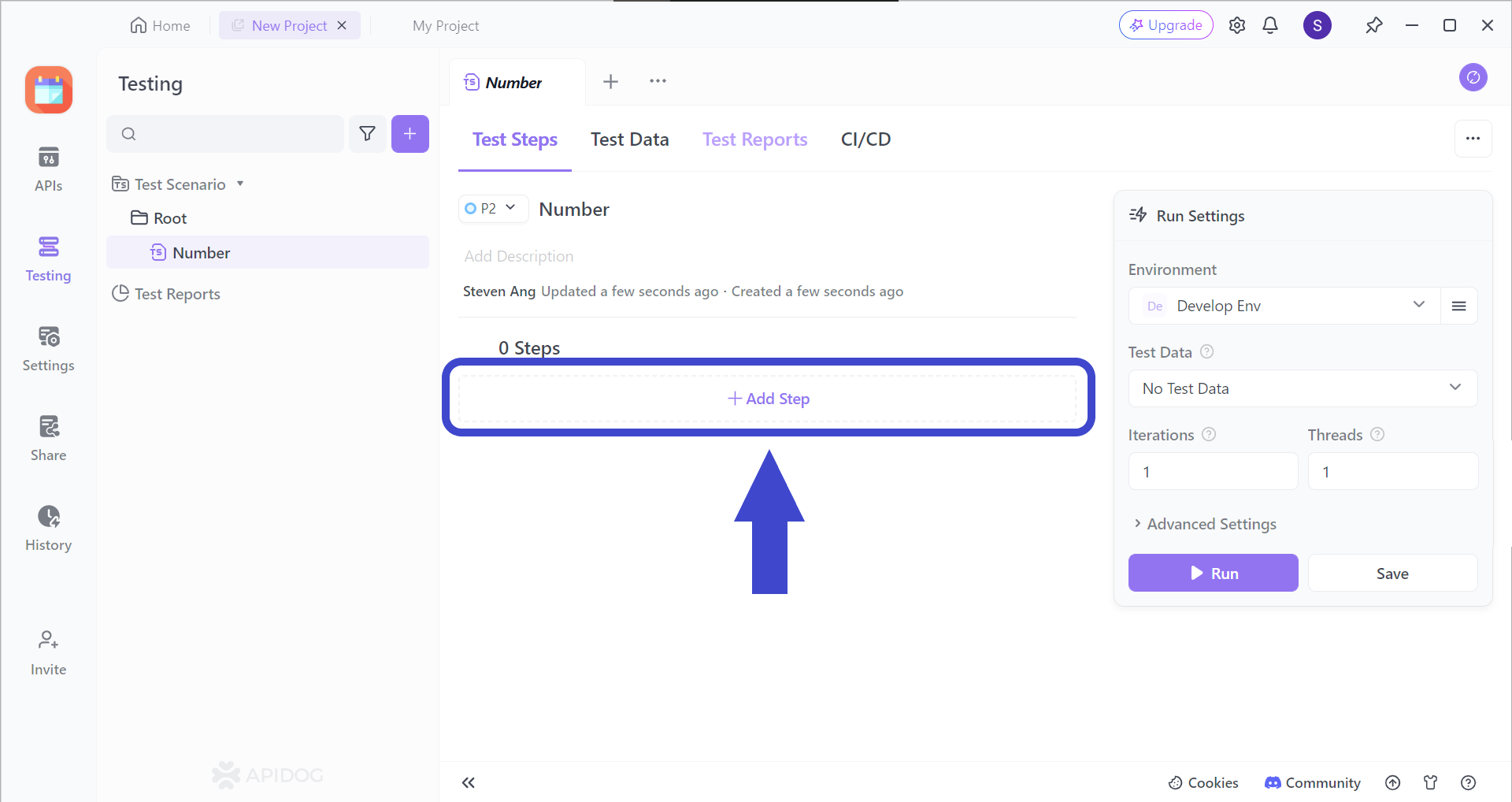
Continue by adding a step (or many more steps) to your test scenarios by clicking on the Add Step section. You should be able to see the image below.
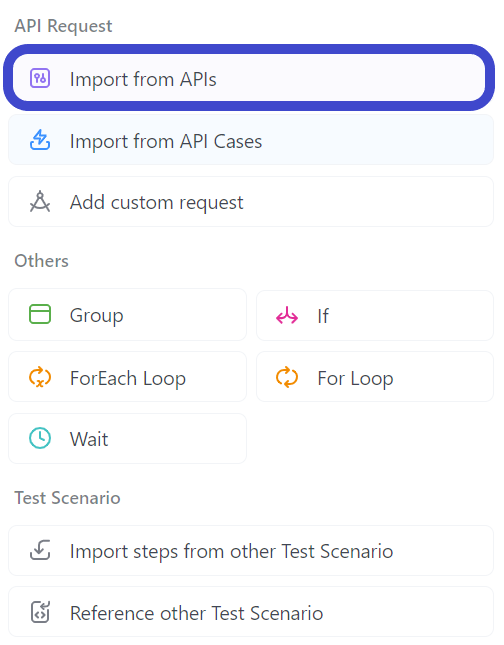
Select "Import from API" from the drop-down menu.
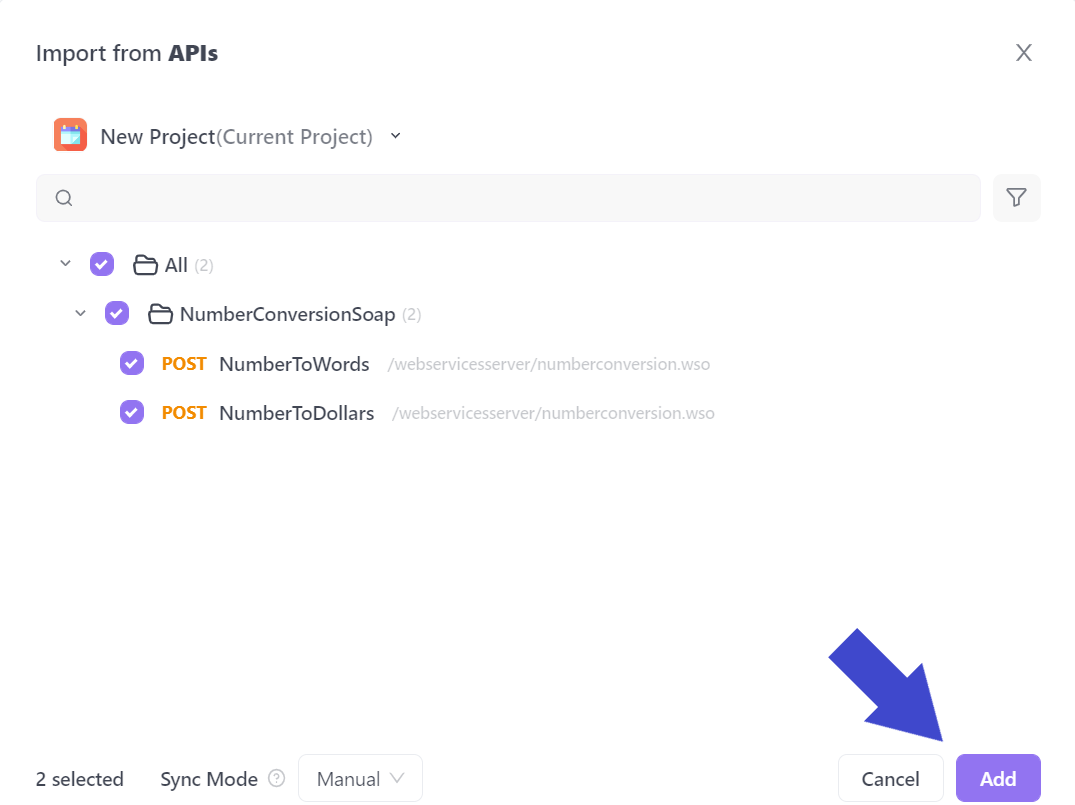
Next, select all the APIs you would like to include in your test scenario. In the example above, the API called NumberConversionSOAP has been included.
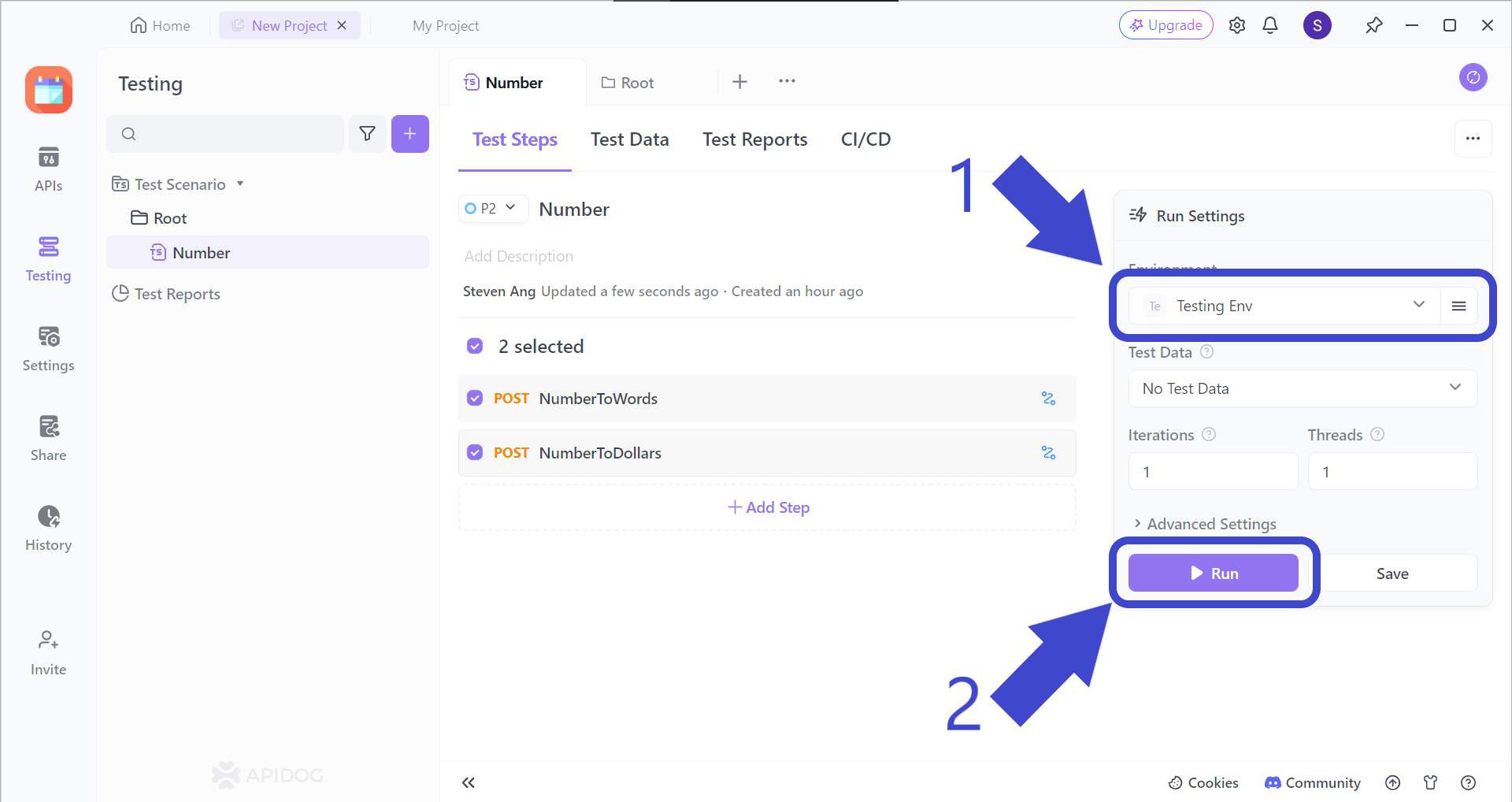
Before hitting the Run button to start your test scenario, make sure to change the test scenario environment, which should be Testing Env, as pointed out by Arrow 1.
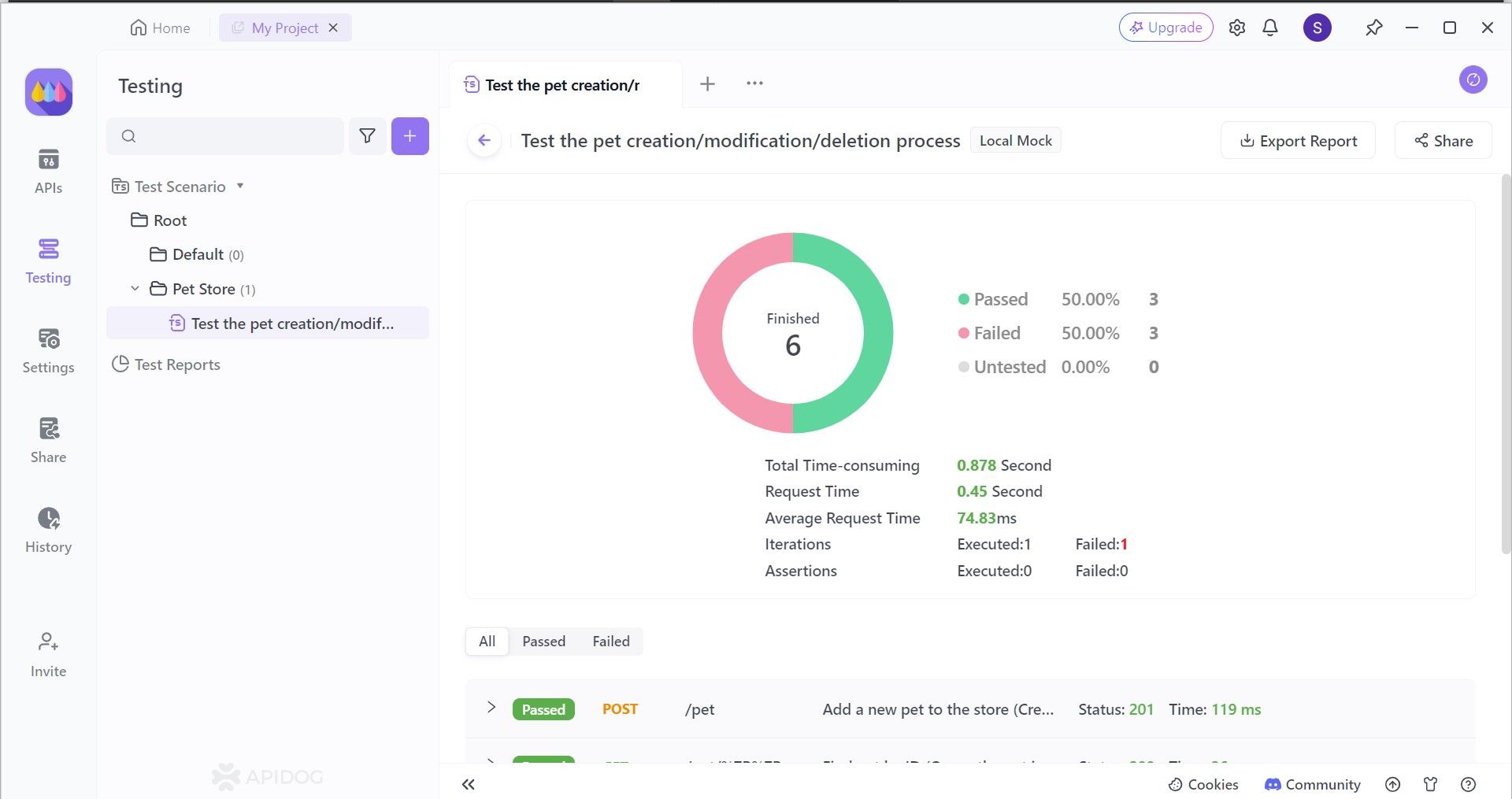
With Apidog, you can see which steps of the test scenario passed or failed. It can be a very effective summary for your validation testing process as all the necessary statistics have been collected for you by Apidog.
You can therefore identify which function needs to be modified for the API to function as expected - the last thing you want is to hear developers complaining about your API not working!
Conclusion
API validation testing serves as a cornerstone for building robust and user-friendly APIs. It's a meticulous process that ensures your API functions as intended, handling various data formats, requests, and error scenarios gracefully.
By meticulously examining input and output data, scrutinizing error handling behavior, assessing performance under load, and identifying potential security vulnerabilities, validation testing empowers developers to deliver APIs that are reliable, secure, and performant. This translates to a smoother user experience for those interacting with your API, fostering trust and promoting successful application integrations.
Ultimately, thorough validation testing is an investment that safeguards your API's functionality and paves the way for a more dependable and secure software ecosystem. Make sure to guarantee your API is ready for consumers by using Apidog to perform validation testing on your APIs.







